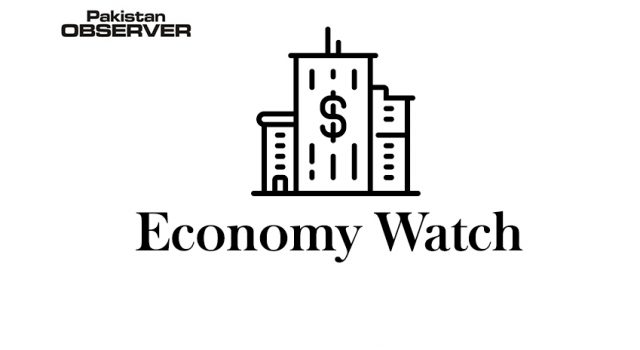Chicago
Chicago Board of Trade (CBOT) crop futures ended this past week mixed as the United States signed or passed important deals with its key trading partners including China, Canada and Mexico. The most active corn contract for March delivery was up 3.5 cents, or 0.9 percent week on week, to close at 3.8925 U.S. dollars per bushel. March wheat was up 6 cents, or 1.1 percent, to settle at 5.705 dollars per bushel. March soybeans were down 16.25 cents, or 1.71 percent, to close at 9.2975 dollars per bushel. China and the United States signed their long-awaited phase-one economic and trade agreement in Washington on Wednesday. The U.S. Senate on Thursday passed a sweeping economic pact with Canada and Mexico following House approval in December 2019. Market participants generally expect that the China-U.S. trade deal will significantly increase U.S. crop sales to China. Yet CBOT crop futures failed to post further gains immediately after the signing ceremony. Some analysts said the big event was already priced in. According to CBOT data, Chicago soybean futures gained some 70 cents in the previous six weeks. A double-digit plunge on Wednesday in soybean prices offered a chance for bargain hunters. “We’re at the bottom end of the range, which I think might represent a decent buying opportunity,” said Oliver Sloup, vice president of Blue Line Futures. Some others cited competition from South American crops, expressing doubts about the scale of the Chinese purchases of U.S. soybeans.—Xinhua










